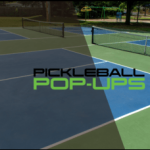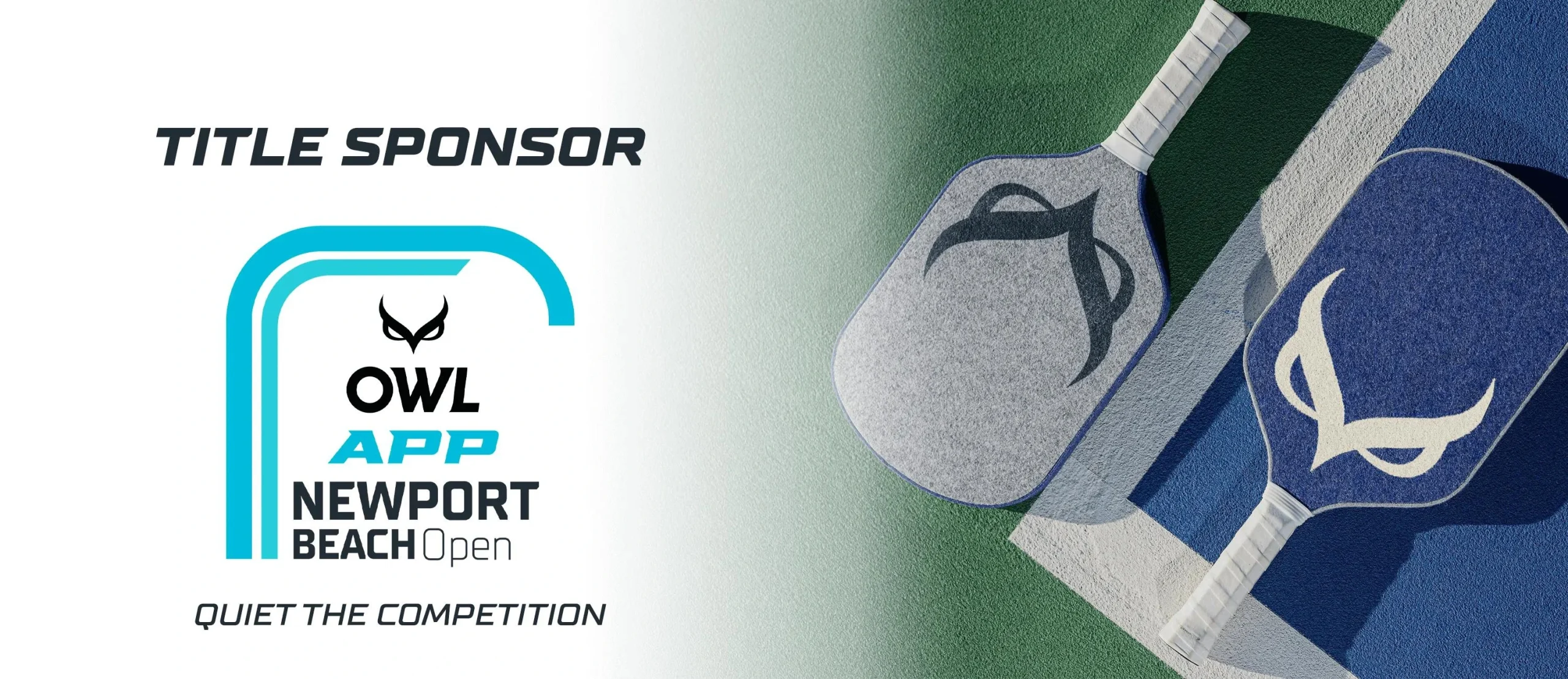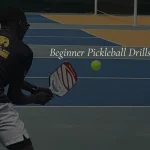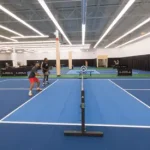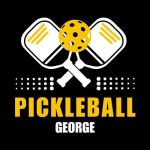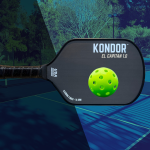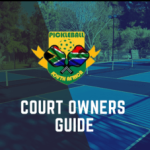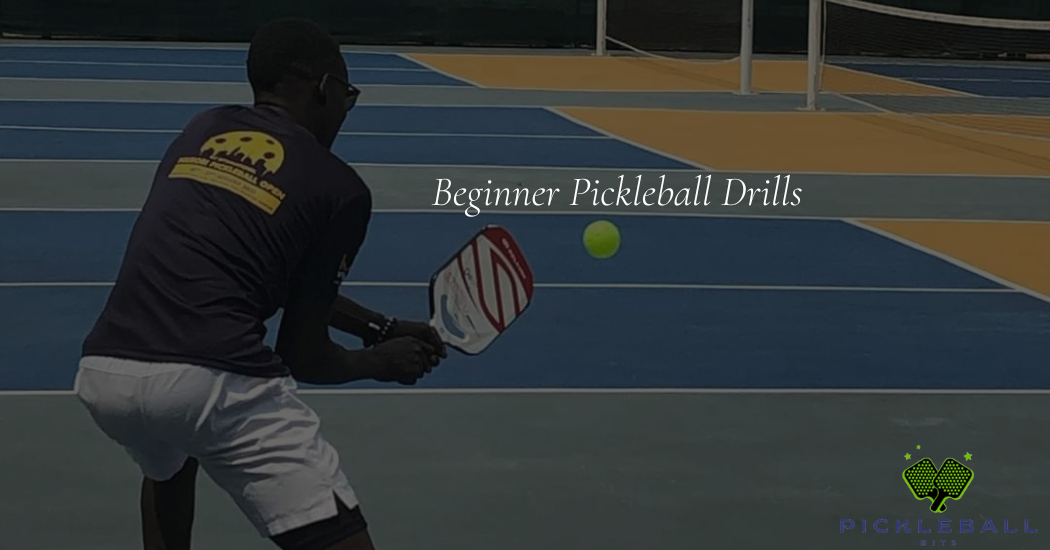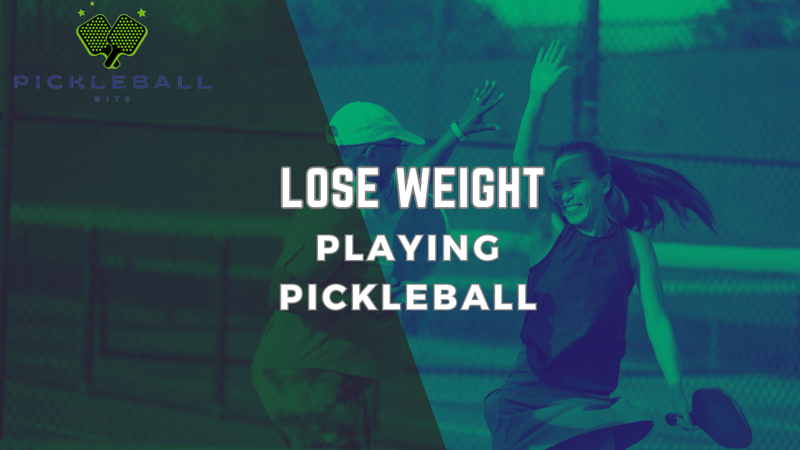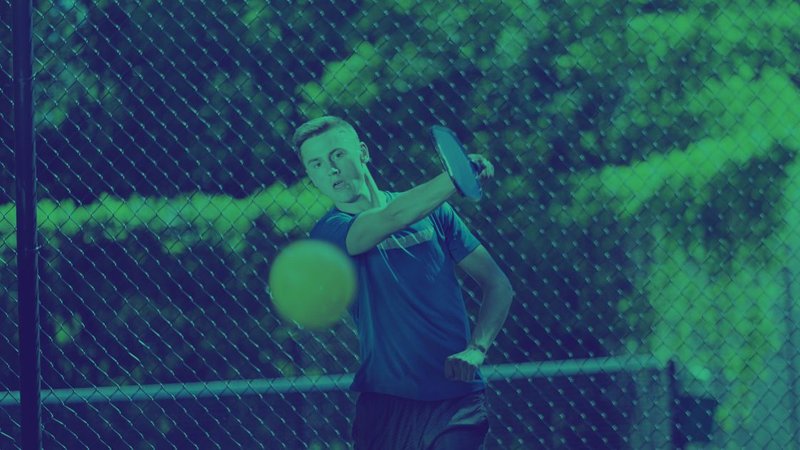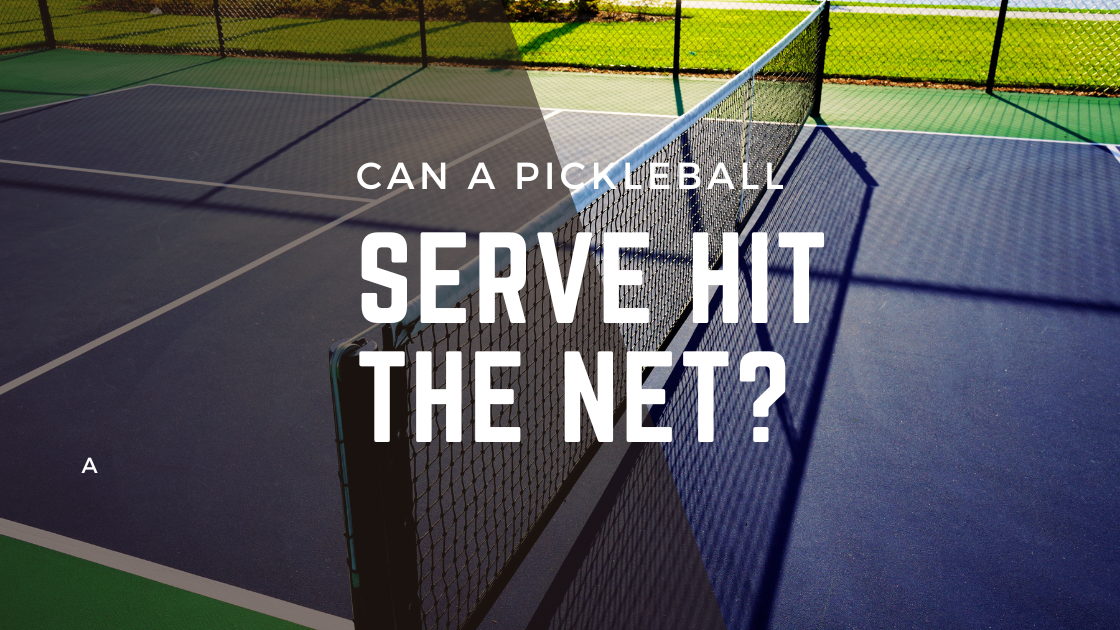Welcome to our extensive review teaching beginners how to choose your perfect pickleball paddle. The ability to maximize your Pickleball journey starts with knowing how to choose the right pickleball paddle for you. In this post, I teach you about paddle weight, balance, feel, price, and material. You will want to read it to learn how to minimize your cost and maximize your performance when you’re just starting out on the Pickleball court.
After reading our review, you will have a much better idea on how to go about your first Pickleball paddle purchase and possess the knowledge to understand the Pickleball paddle equipment side of the game.
Table of Contents
Paddle Weight
Why it Matters: The weight of your paddle significantly influences your power vs control performance. Heavier paddles generate more power but can be tiring, while lighter paddles offer better control and are easier to handle. I find the best pickleball paddle for beginners is a lighter construction that is easier to swing.
| Weight Range | Performance | Comfort | Recommended For |
|---|---|---|---|
| Under 7.3 oz | Quicker hand speed, more control, better for dinking and drop shots | Less stress on elbow, faster reaction time at the net | Beginner Pickleball players, touch players, doubles players |
| 7.3 – 8.3 oz | Good balance of power and control, good for serves and returns, better at blocking | Less vibration, less fatigue on elbow | Beginner to Intermediate Pickleball players, singles players |
| Over 8.5 oz | More power, more zip, better for long shots and passing shots | More stress on elbow, slower reaction time at the net | Serious or professional power players, players who prefer a heavier feel |
How to Choose: Beginners should start with a light to medium-weight paddle, around 7.5 to 8.5 ounces. This weight provides a balance between power and control, making it easier to learn the game and get off the ground with your Pickleball journey.
Evaluating Paddle Balance and Feel
Balance: This refers to how the weight of the paddle is distributed. A well-balanced paddle feels comfortable and is easier to control, important for developing consistent Pickleball strokes.
| Balance Point | Description | Effect on Performance |
|---|---|---|
| Neutral | The paddle is balanced at the exact center of its length | The paddle has a balanced feel and offers a good mix of power and control |
| Head Heavy | The paddle is balanced closer to the head than the center | The paddle has more weight in the head and offers more power and reach, but less maneuverability |
| Head Light | The paddle is balanced closer to the handle than the center | The paddle has less weight in the head and offers more maneuverability and control, but less power and reach |
Feel: Hold the paddle in your hand. It should feel comfortable and natural. The balance point (center of gravity) impacts how heavy or light the paddle feels in play.
Read More Reviews: The Overall 7 Best Pickleball Paddles in 2023
Handle Length and Grip
Handle Length: Longer handles are suited for two-handed backhands, common in tennis players transitioning to pickleball. For most beginners, a standard handle length (about 5 inches) is sufficient.
| Handle Length | Performance | Recommended For |
|---|---|---|
| Short Handle | More control, quick reactions at the net, precise shots | Players who prefer a control-based playing style, players who place one or more fingers on the paddle face |
| Long Handle | More power, increased leverage, enhanced reach for shots farther away | Players who prefer a power-based playing style, players who like to use two hands for backhand or forehand shots |
Grip Size: The grip size should fit comfortably in your hand. A grip that’s too large or too small can lead to discomfort or difficulty controlling the Pickleball paddle. As a general rule, when holding the paddle, there should be a small space (about the width of a finger) between your fingertips and the heel of your hand.
| Grip Size | Circumference | Hand Size | Playing Style |
|---|---|---|---|
| Small | 4 – 4 1/8 in | Small | More wrist and finger power |
| Medium | 4 1/8 – 4 3/8 in | Average | Balanced power and control |
| Large | 4 3/8 – 4 5/8 in | Large | More secure grip and paddle control |
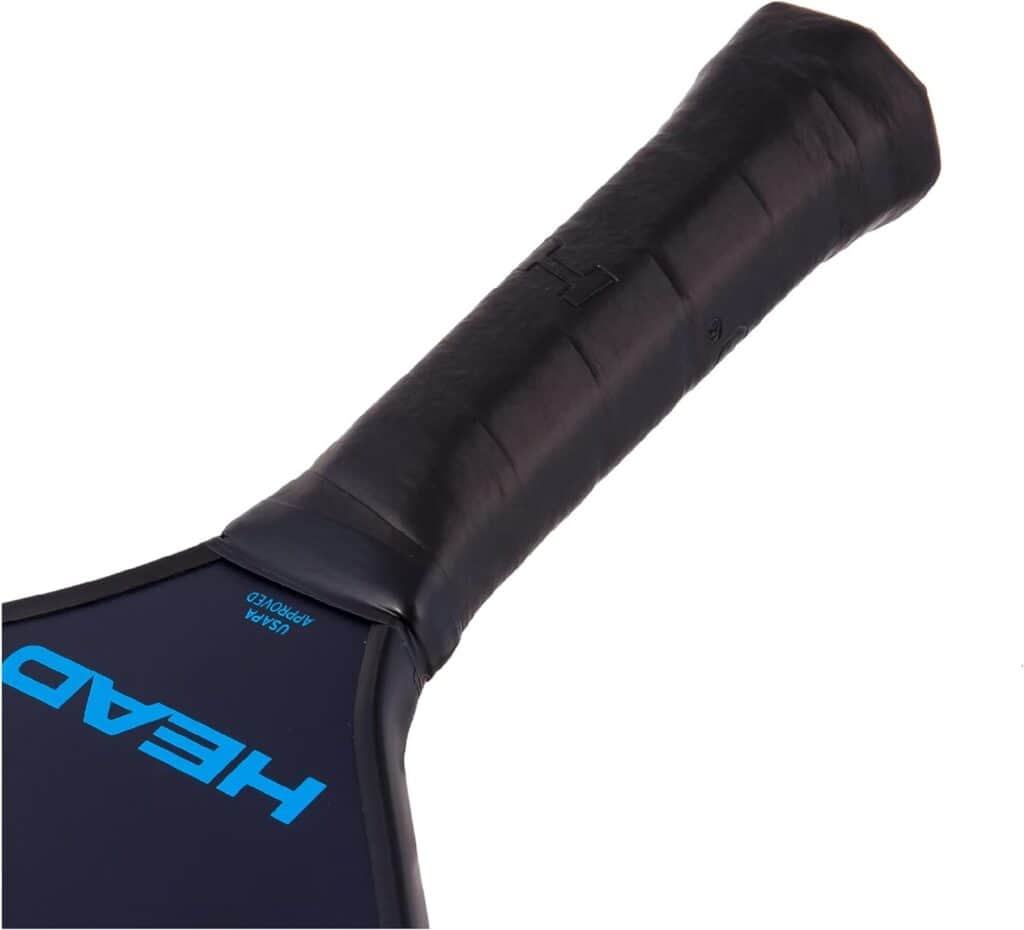
Paddle Shape and Size
Traditional vs. Elongated: Traditional paddles are wider and offer a larger sweet spot, beneficial for beginners. Elongated paddles are narrower and longer, offering more reach but a smaller sweet spot.
How to Choose: As a beginner, opt for a traditional pickleball paddle shape for a more forgiving experience as you learn the basics of the game.
| Shape | Size (Length x Width) | Description | Recommended For |
|---|---|---|---|
| Standard | 16 x 8 in | The classic wide body shape that meets the maximum 24 inches permitted by the rules of pickleball. | Players who want a balanced paddle that offers a large sweet spot and adequate control. |
| Elongated | 16.5 – 17 x 7 – 7.25 in | A longer and thinner shape that exceeds the standard length but still meets the 24 inches limit. | Players who want more reach and power, especially for overhead shots and volleys. |
| Blade | 17 x 6.875 in | The longest and narrowest shape allowed by the rules of pickleball. | Players who want the maximum reach and power, but are willing to sacrifice some control and sweet spot size. |
| Long Handle | 15.5 – 16 x 7.5 – 8 in | A shorter and wider shape that has a longer handle than the standard shape. | Players who want more grip options and leverage, especially for two-handed shots. |
Price: Balancing Quality and Budget When You Choose A Pickleball Paddle
Cost Range: Paddles can range from $30 to over $200. As a beginner, it’s unnecessary to invest in the most expensive paddle on the market, unless you really can. A mid-range paddle ($50-$100) usually offers a superior combo of quality and affordability. There are a plethora of incredible set options on the market that offer 2 to 4 paddles, balls and a carry bag, like the MTEN Pickleball paddle set.
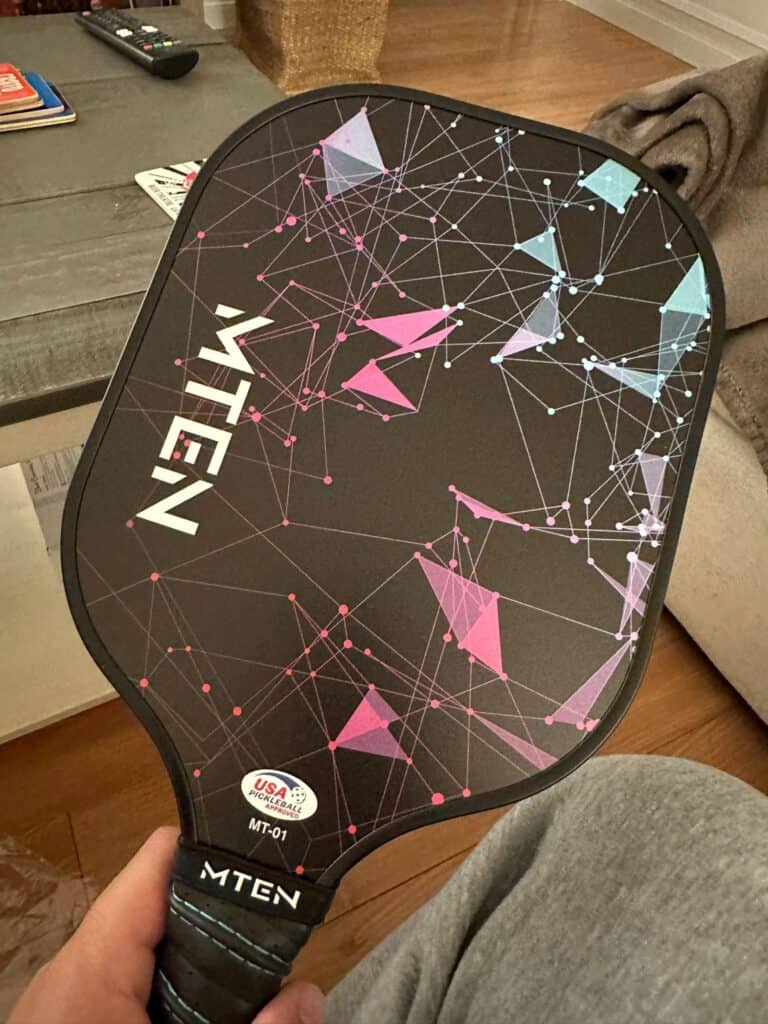
Here is an example of the different pickleball paddle prices and who they are for:
| Paddle Name | Price | For Whom |
|---|---|---|
| Paddletek Bantam EX-L | $100 | Beginners and Intermediate players who want a balance of power and control |
| Engage Encore Pro | $110 | Intermediate and serious players that demand more control and a wide head |
| Selkirk Amped S2 | $150 | Advanced players who want a large sweet spot and a textured surface |
| Onix Z5 Graphite | $90 | Beginners and intermediate players who want a lightweight and durable paddle |
| Gamma Needle | $120 | Intermediate and advanced players who want a long and thin paddle for reach and spin |
Material Considerations: The Face and Core of the Paddle
Face Material: Fiberglass, carbon fiber and graphite pickleball paddles are the predominant face materials. Fiberglass is favored in modern pickleball paddles for its softer touch, responsiveness and low production cost. I find it makes the paddle far more efficient on the paddle’s responsiveness. Fiberglass offers a softer feel, ideal for our beginner Pickleball enthusiasts.
Core Material: The core, typically made of polymer, impacts the paddle’s control and power. A polymer core provides a good balance for our beginners and newbies to the game.
| Face Material | Core Type | Description | Pros and Cons |
|---|---|---|---|
| Graphite | Nomex | A thin and light face material with a stiff and hard core material | Pros: More control, speed, and consistency Cons: Less power, vibration, and noise |
| Carbon Fiber | Aluminum | A stiff and durable face material with a rigid and metallic core material | Pros: More power, reach, and durability Cons: Less control, maneuverability, and touch |
| Fiberglass | Polymer | A flexible and textured face material with a soft and cushioned core material | Pros: More power, spin, and sweet spot Cons: Less control, accuracy, and durability |
| Polymer | Polypropylene | A plastic face material with a plastic honeycomb core material | Pros: More quiet, lightweight, and affordable Cons: Less power, spin, and quality |
| Aluminum | Fiberglass | A metallic face material with a composite core material | Pros: More power, stability, and durability Cons: Less control, touch, and quietness |
| Wood | Wood | A traditional and natural face material with a solid wood core material | Pros: More affordable, simple, and nostalgic Cons: Less power, control, and comfort |
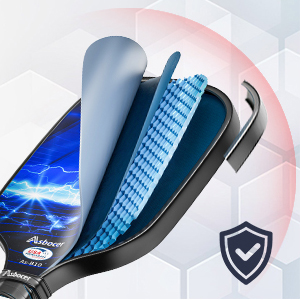
The Importance of Texture
Texture for Spin: A textured surface on the paddle can help with spinning the ball. While this might not be a priority for beginners, a slight texture can aid in learning spin shots as you progress in your Pickleball journey.
Our Final Advice
Choosing your first pickleball paddle doesn’t have to be overwhelming or hurt your bank account balance. For the start, focus on a comfortable weight, a size that fits your grip, and a balanced and solid feel. Opt for a traditional shape with a medium weight and a comfortable grip size. Remember, as you progress in your pickleball journey, your preferences may evolve, and you can always upgrade your paddle to match your developing skills later on.
Read More Reviews: 8 Contenders For The Best Pickleball Set for Beginners

